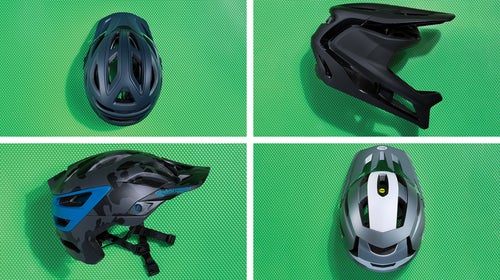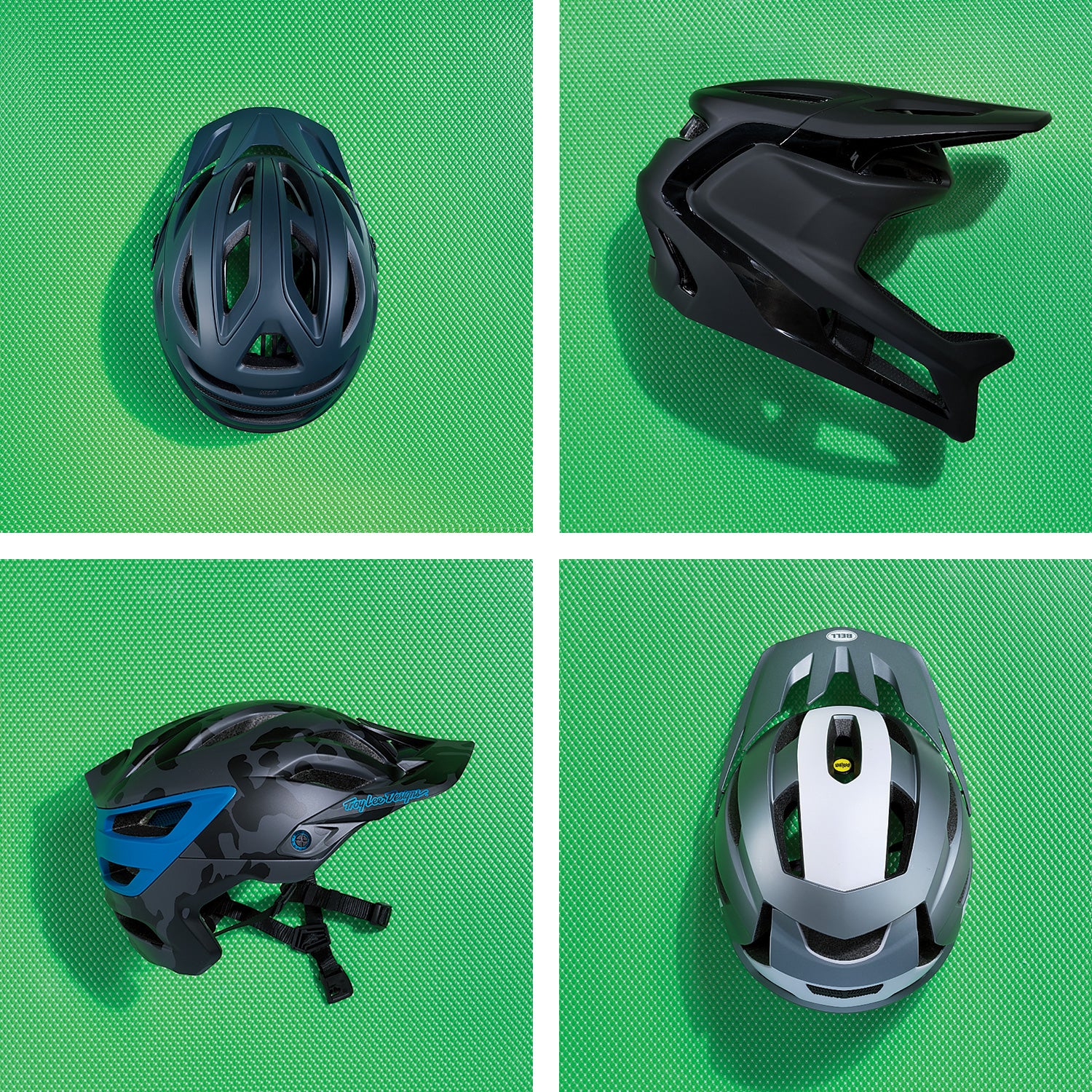We ask a lot of our mountain bike helmets. They need to be comfortable, lightweight, widely adjustable, and at least moderately fashionable. Oh, and they need to save our lives. But still, even that isn’t enough. Today’s helmets are made to limit the long-term impacts of minor crashes on bike rides. As science teaches us more about head injuries, helmet designers are listening and learning. These four helmets prove that we’re safer than we’ve ever been. But hopefully, all we’ll ever notice is the comfort … and the fashion.
Giro Merit Spherical ($220)
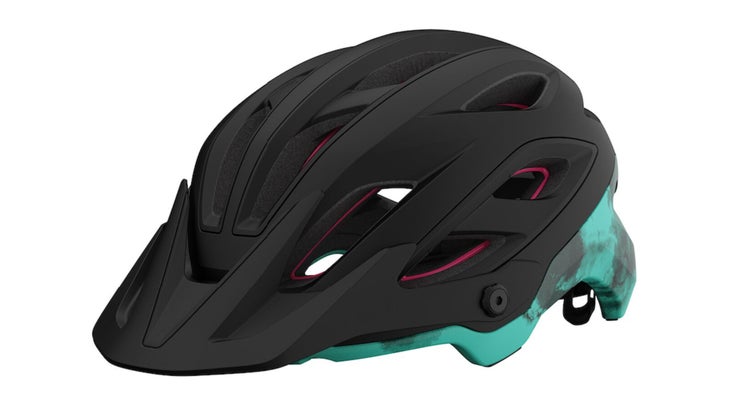
Giro’s new Merit helmet boasts the brand’s Spherical Technology: a rotational impact protection system that employs MIPS, but without a plastic disc next to your scalp. Instead, Giro built the Merit using two distinct foam layers (dense EPS foam on the outside and softer EPS foam on the inside to mitigate low-speed impacts). The interior surface of each layer is coated in MIPS plastic compound, which allows them to rotate against one another to disperse rotational forces. The fit is comfortable on a wide range of head shapes, the retention system offers a depth adjustment, and the visor tilts high enough to offer goggle-storage space. Ventilation is ample.
Specialized Gambit ($300)
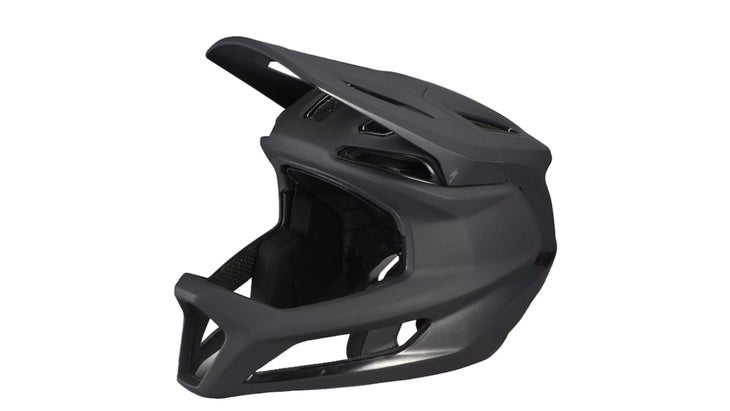
The park rats (their term, not ours) in our testing crew couldn’t believe that the 640-gram Gambit full-face meets the same safety standards as their downhill helmets. But don’t be confused: this is not a downhill helmet. Aimed squarely at trail and enduro riders, the Gambit has ventilation in spades and a fit dial similar to those on standard trail helmets. Its MIPS system is pared down enough that even MIPS-hating testers didn’t mind it. Three massive vents on the chin bar basically make it disappear, providing ample airflow on even the slowest, hottest climbs. We found it to be a new level of full-face protection but with a half-shell feel—a gambit indeed.
Troy Lee Designs A3 ($220)
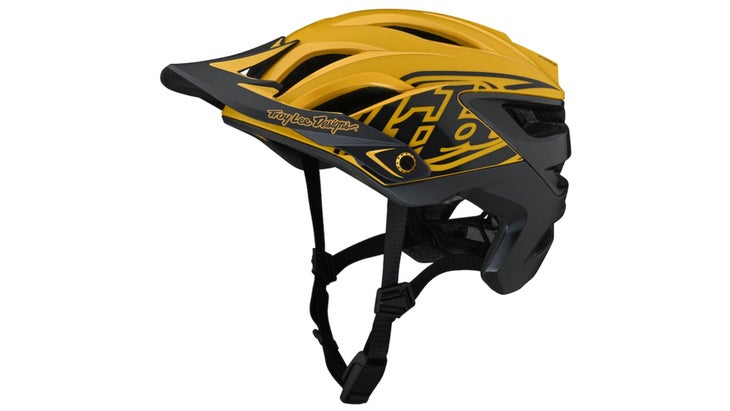
Though it’s not as complex as Giro’s Merit, Troy Lee Designs packed the A3 with enough details and features to justify its price tag. A combination of traditional EPS foam on top and softer, higher-rebound EPP foam underneath helps disperse energy from a wider variety of impact types. The A3 also uses the streamlined MIPS B-32 system, which testers found helped the A3 fit more heads more comfortably than older MIPS configurations. Speaking of comfort, it was hard to top the A3: the coverage is deep, but not too deep, the straps sit nice and flat, and testers in warmer climates appreciated the gutter system that directed sweat harmlessly down their temples.
Bell 4Forty Air MIPS ($140)
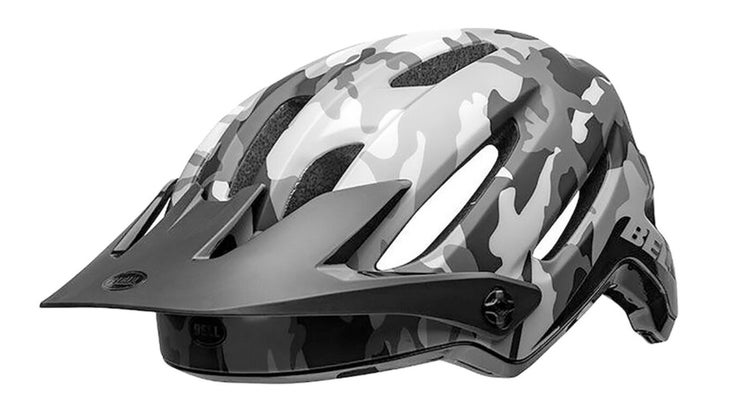
None of this year’s new helmets packs as much punch per penny as the 4Forty Air. At 360 grams in a size medium, it’s in the same fighting class as many pricier options, including the Troy Lee Designs A3. It also has MIPS rotational impact protection integrated with the retention system, and an easy-to-use Fidlock buckle, both of which are usually reserved for much pricier lids. And the 4Forty Air MIPS doesn’t skimp on wearability. Helmet fit is subjective and often hard to agree on, but testers were universally comfortable in the 4Forty. The large, ample vents helped, as did the quick-drying foam pads. There are also luxurious features like built-in grippers for goggle straps and sunglass storage that uses the visor to lock the arms in place.
